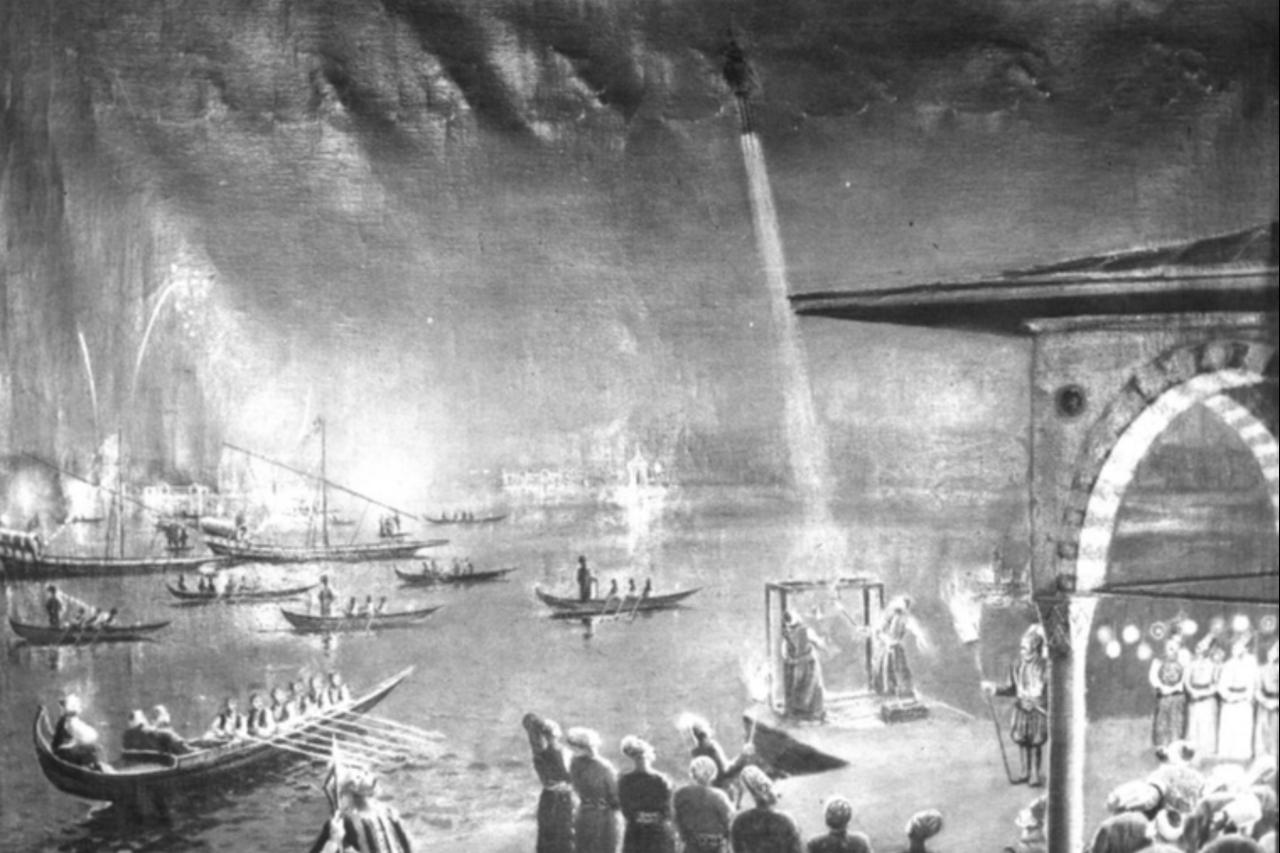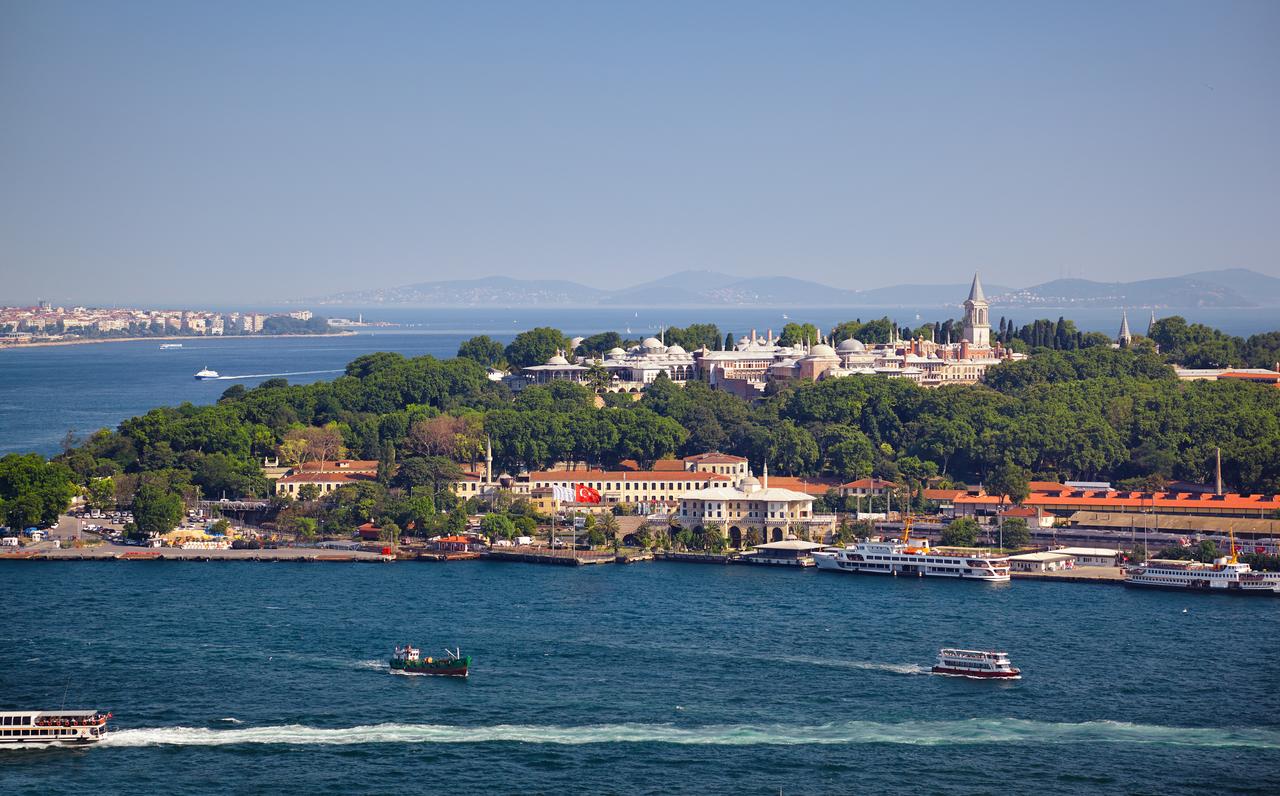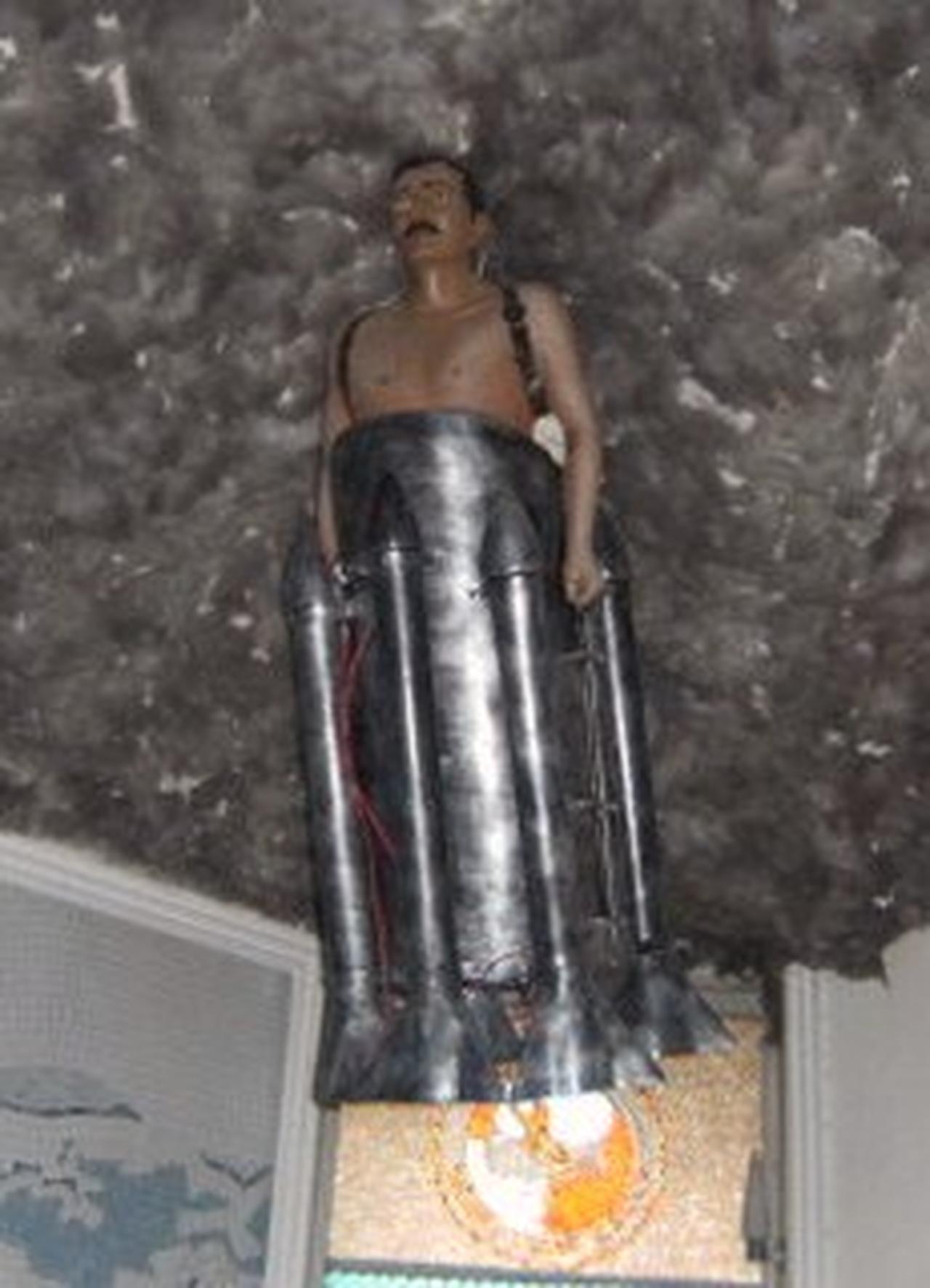
In the 17th century, long before modern space exploration, an extraordinary Ottoman inventor named Lagari Hasan Celebi made history with one of the earliest recorded rocket-powered flights.
His attempt to take flight using a gunpowder-powered rocket captured the imagination of his time and remains a remarkable milestone in the story of human innovation.
The year was around 1632 or 1633, during the reign of Sultan Murad IV of the Ottoman Empire. Celebrations were underway to honor the birth of the Sultan’s daughter, Kaya Sultan.
Among the festivities, Celebi, an engineer and skilled craftsman, unveiled an unprecedented invention: a seven-branched rocket fueled by approximately 140 kilograms (308.6 pounds) of gunpowder.

Before takeoff, Celebi reportedly addressed Sultan Murad IV, saying, “My Sultan, I entrust you to God. I am going to speak with Jesus the Prophet.” With his assistants igniting the rocket, he ascended into the sky propelled by the explosive force of the gunpowder.
As he soared above the Bosphorus, Lagari Hasan Celebi fired smaller flares from the branches of his rocket, creating a dazzling display of light that illuminated the sea below.
His flight reportedly lasted long enough to capture the attention and amazement of the assembled crowd, including the Sultan himself.
When the gunpowder supply was exhausted, Celebi opened wing-like arms and glided safely to the water’s surface near Sinan Pasha’s pavilion. Demonstrating remarkable swimming skills, he returned to shore and approached Sultan Murad IV, humorously proclaiming, “My Sultan, Jesus the Prophet sends you his greetings.” Impressed by his accomplishment, Sultan Murad rewarded Hasan Celebi with a pouch of coins. As noted by Evliya Celebi, Lagari was eventually sent to Crimea—then ruled by the Crimean Khanate—where he later passed away.

Celebi’s exile to Crimea didn’t just mark the end of his life; it may have sown the seeds of early Russian rocket science. According to several scholarly Turkish and Russian studies, his presence—and possibly the work of his students—appears to have influenced the first scientific rocket experiments in Ukraine around 1650, under Russian oversight.
Research by Professor Arslan Terzioglu and Russian rocket historian S. N. Kuzmenko shows that formal rocket studies in Ukraine (then under Russian influence) began after Celebi’s arrival and death in Crimea.
The earliest known rocket recipe in the region dates back to 1650, just years after Lagari’s exile.
His daring flight predates many European rocketry experiments by centuries, positioning him as one of the earliest pioneers in the field.
His innovative use of gunpowder to propel a human through the air represents a fascinating chapter in the history of science and technology.